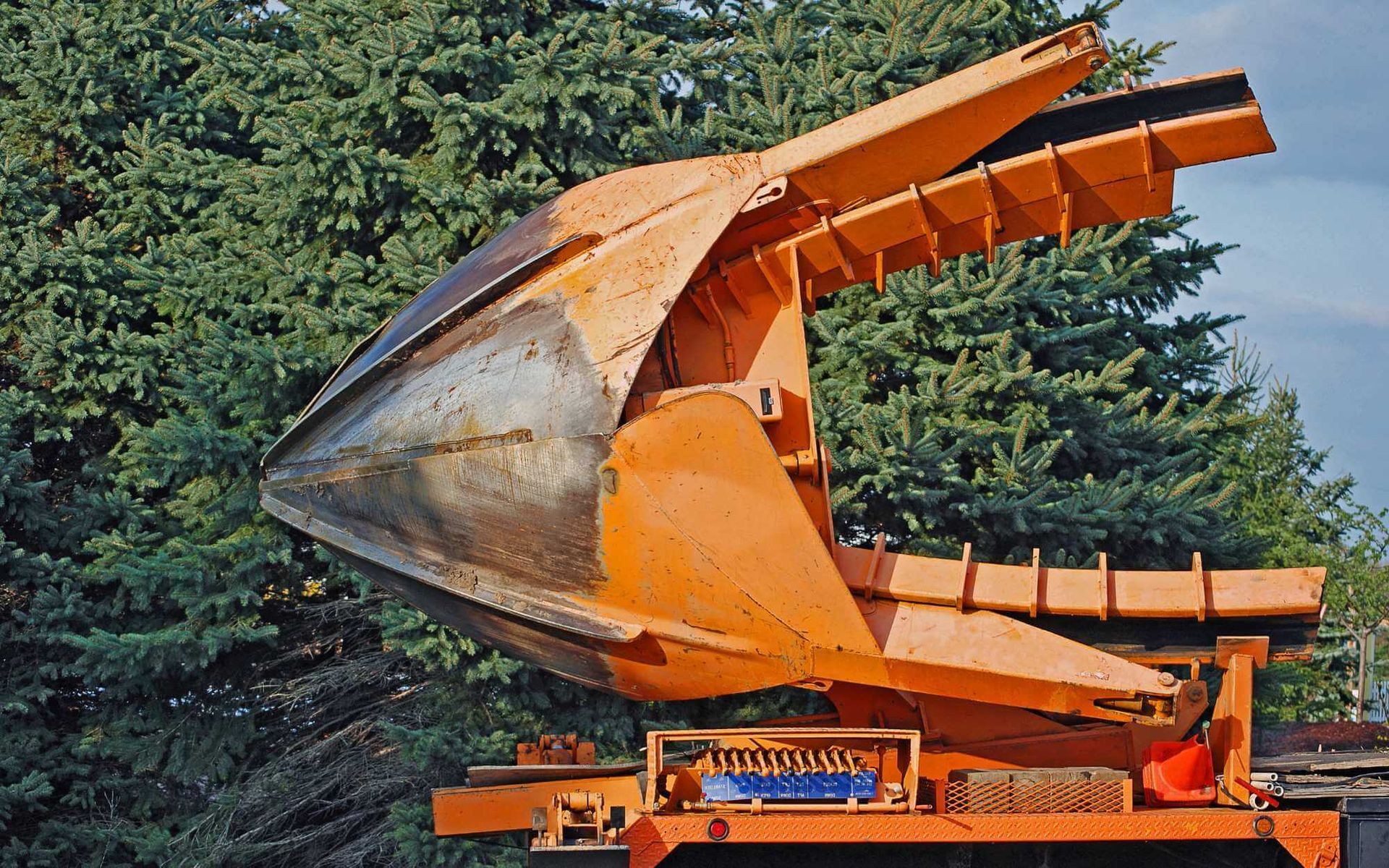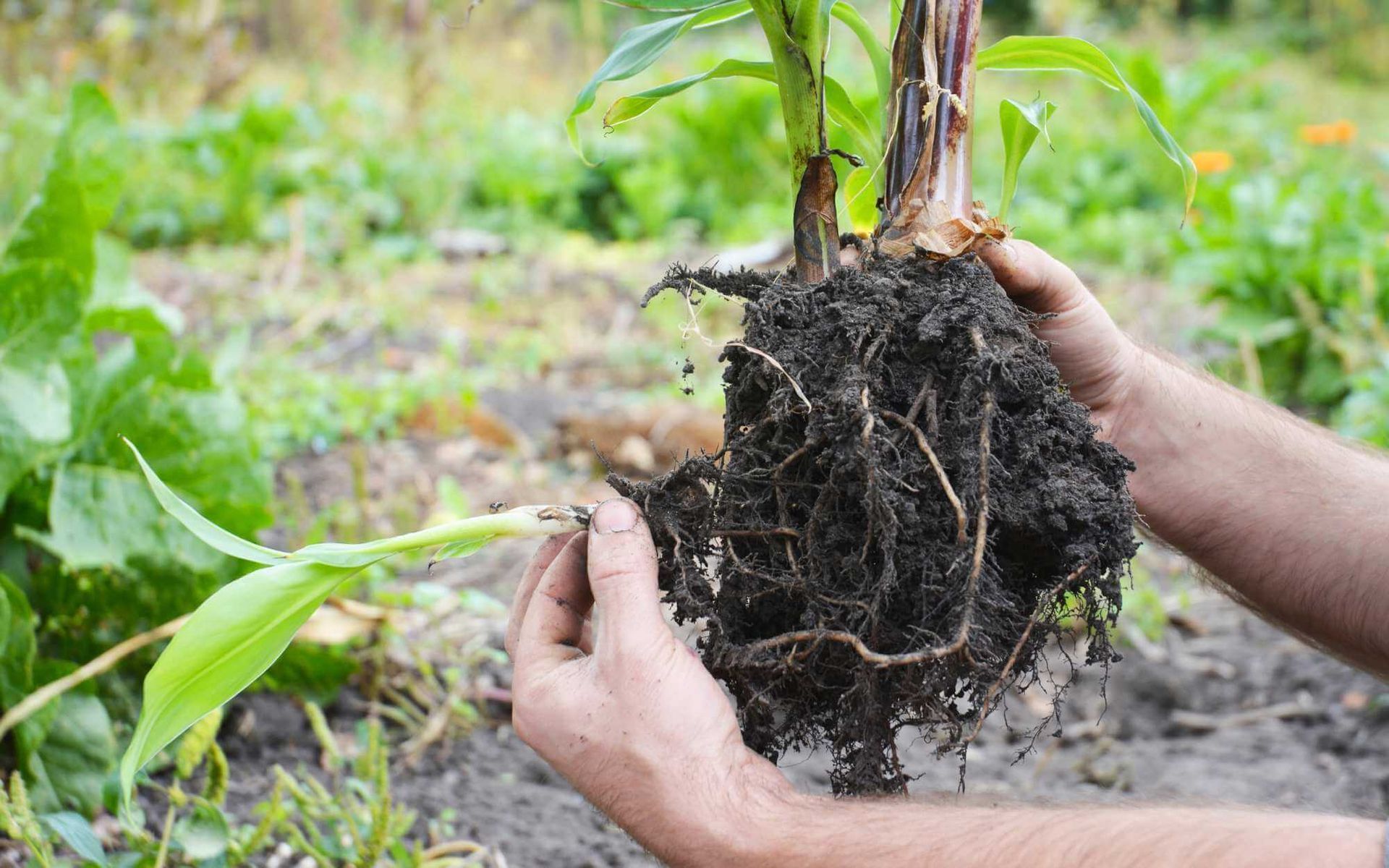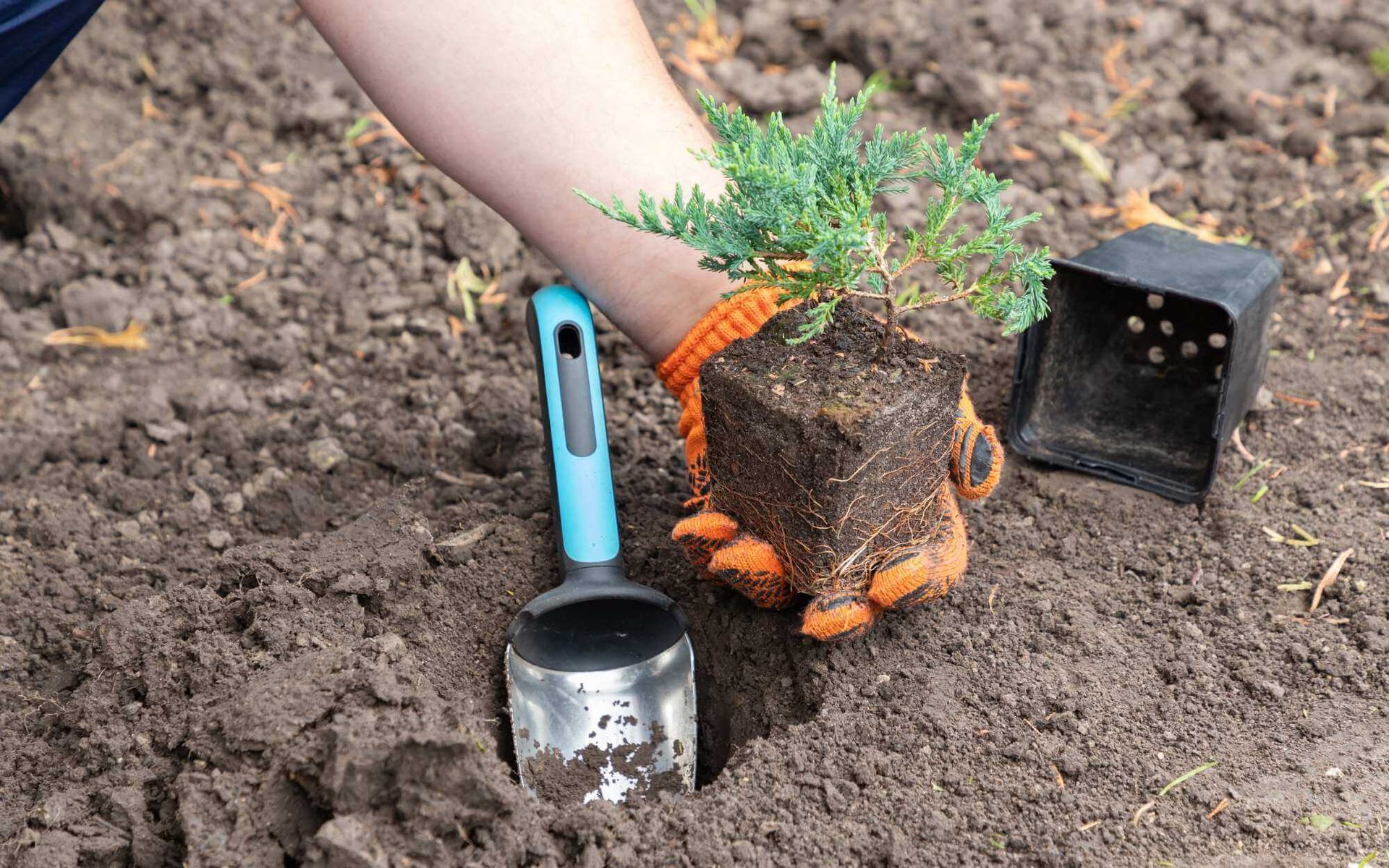The Art of Root Pruning for Optimal Tree Growth
PUBLISHED ON
SHARE THIS ARTICLE
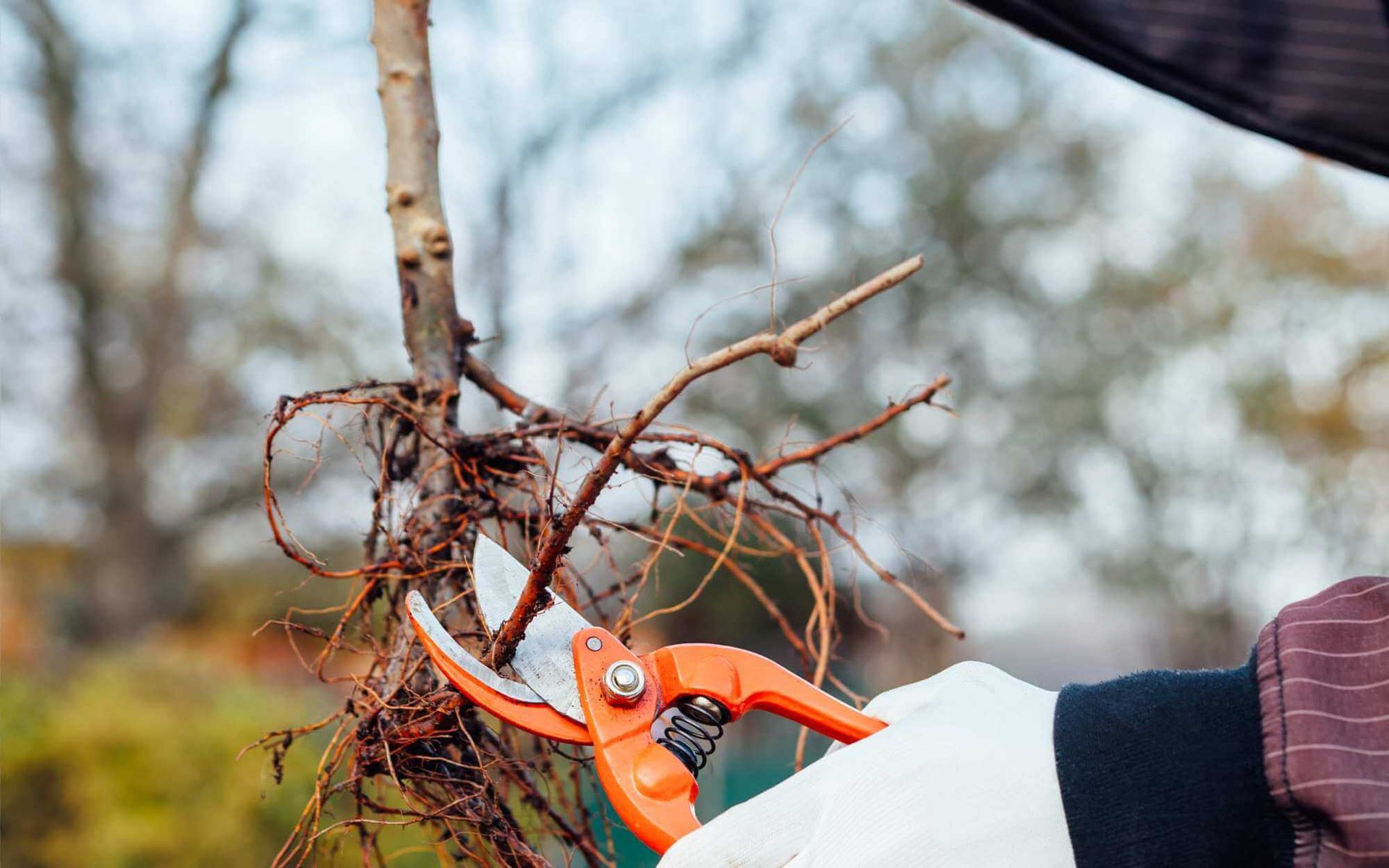
Root pruning, a horticultural practice less known but equally as important as regular pruning, is pivotal in the healthy growth and development of trees.
This underutilized technique involves trimming the tree's root system to stimulate stronger, more vigorous growth. It aids in maintaining the health, stability, and aesthetic appearance of the tree while also enhancing its survival rate during transplantation.
Join us as we delve deeper into the art of having a tree root pruned, unveiling its benefits, techniques, and best practices of
root pruning for optimal tree growth.
The Role of Root Pruning
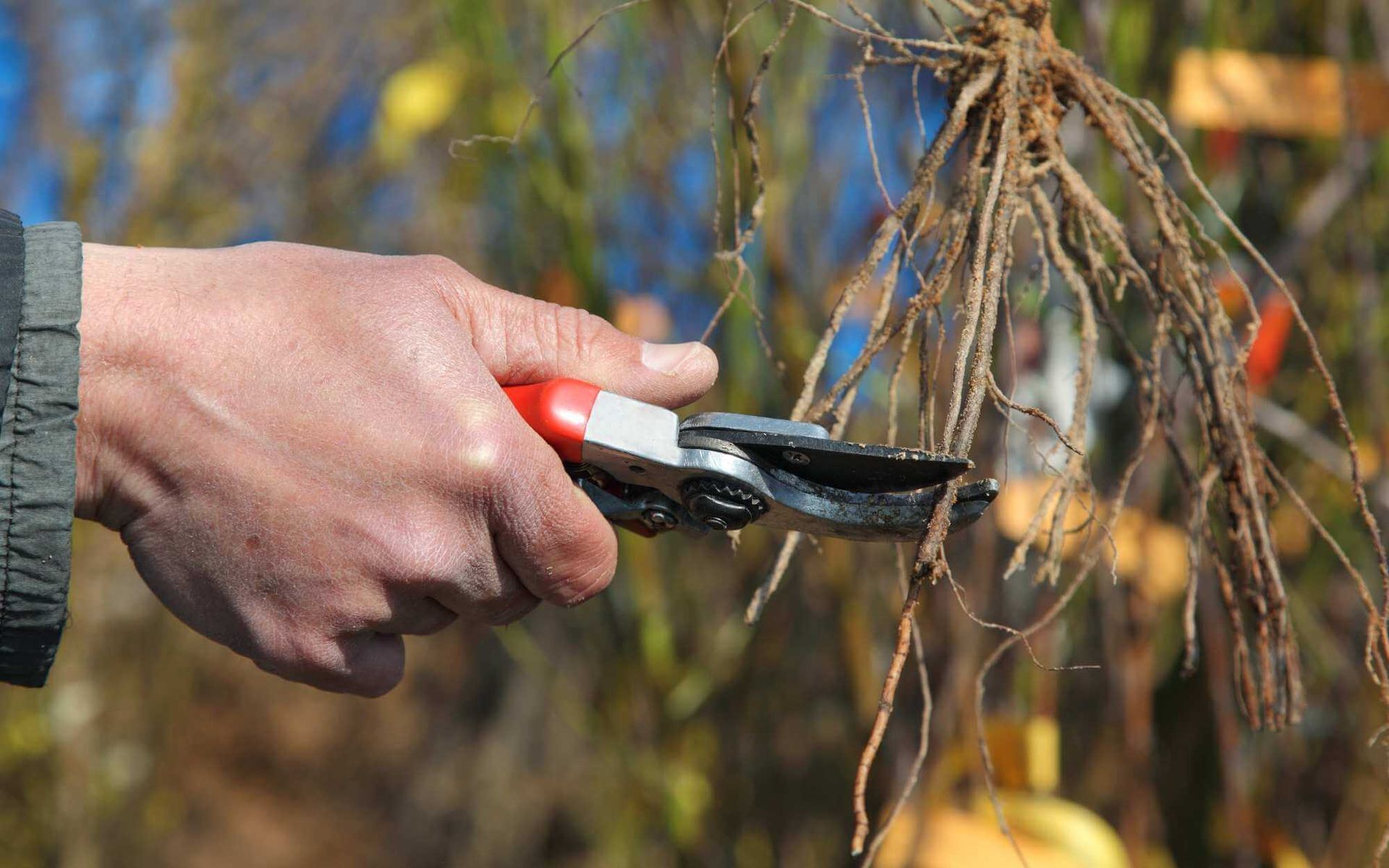
Root pruning is a strategic process of carefully trimming tree root systems, to manage its size and promote healthier, more vibrant root growth.
This technique is crucial for the overall health and development of trees. It helps roots grow, enhancing the tree's absorption of nutrients and water. Furthermore, pruning tree roots aids in facilitating the safe relocation of trees, reducing transplant shock and increasing their survival rate during the process.
By carefully removing oversized, damaged, problematic, or circling roots, root pruning also contributes to conserving the tree's structural integrity, maintaining its stability, and minimizing the risk of root-related diseases. This underappreciated practice holds immense potential in enhancing our green landscapes.
Root Pruning Techniques
When pruning roots, two crucial elements come into play: the pruning technique employed and the precise timing of the pruning process.
Selective Root Pruning
This method involves identifying and selectively trimming problematic roots. It's essential to maintain a balance between the root system and the canopy size. Oversized or damaged feeder roots are prime targets. Care should be taken to avoid excessive pruning, which can stress the tree.
Timing and Frequency
Root pruning is best conducted in late winter or early spring before new growth starts. This allows the tree to recover before the growing season. It's also important to consider the tree's age and species, as some trees may require more frequent pruning than others. Young trees can generally tolerate more extensive root pruning.
Remember, root pruning isn't a one-size-fits-all process. It should be tailored to the specific needs of each tree and conducted with utmost care to ensure the tree's long-term health and stability.
Best Practices for Optimal Tree Growth

- Use the Right Tools: Invest in quality pruning tools such as hand pruners, loppers, and pruning saws for smaller branch roots, and a root saw for larger ones. Ensure the tools are sharp and clean.
- Proper Timing: Root prune in late winter or early spring before the tree's active growth phase.
- Appropriate Technique: Adopt a selective root pruning approach, removing problematic shallow roots without over-pruning.
- Protection: Wear protective gear, including gloves, to prevent injuries.
- Sanitize Tools: Clean tools after use to prevent the spread of diseases.
- Root-to-Shoot Balance: Maintain a balance between the root system and the tree's canopy.
- Consider Tree Species and Age: Some trees tolerate root pruning better than others. Always take into account the tree's species and age.
- Potential Risks: Improper root ball pruning can stress the tree, making it susceptible to diseases or pests. A professional arborist can help assess potential risks and provide guidance. Remember, safety first.
- Regular Maintenance: Cutting roots is a continuous process and should be conducted regularly to ensure the tree's health and stability.
- Consult Experts: When in doubt, seek advice from certified arborists who can provide specific recommendations for your tree's needs.
Nurturing Trees from Below
Tree root management through root pruning is essential for vibrant, healthy tree growth. This underutilized technique stimulates robust growth, increases the tree's absorption of nutrients, facilitates safe relocation, and mitigates root-related diseases.
If you're unsure about root pruning, consult an expert from the tree care industry association. Don't neglect your tree's roots - ensure their healthy growth today with
professional root pruning! Contact our root pruning experts for guidance.
Want a free quote or some friendly advice? Call our team today:


